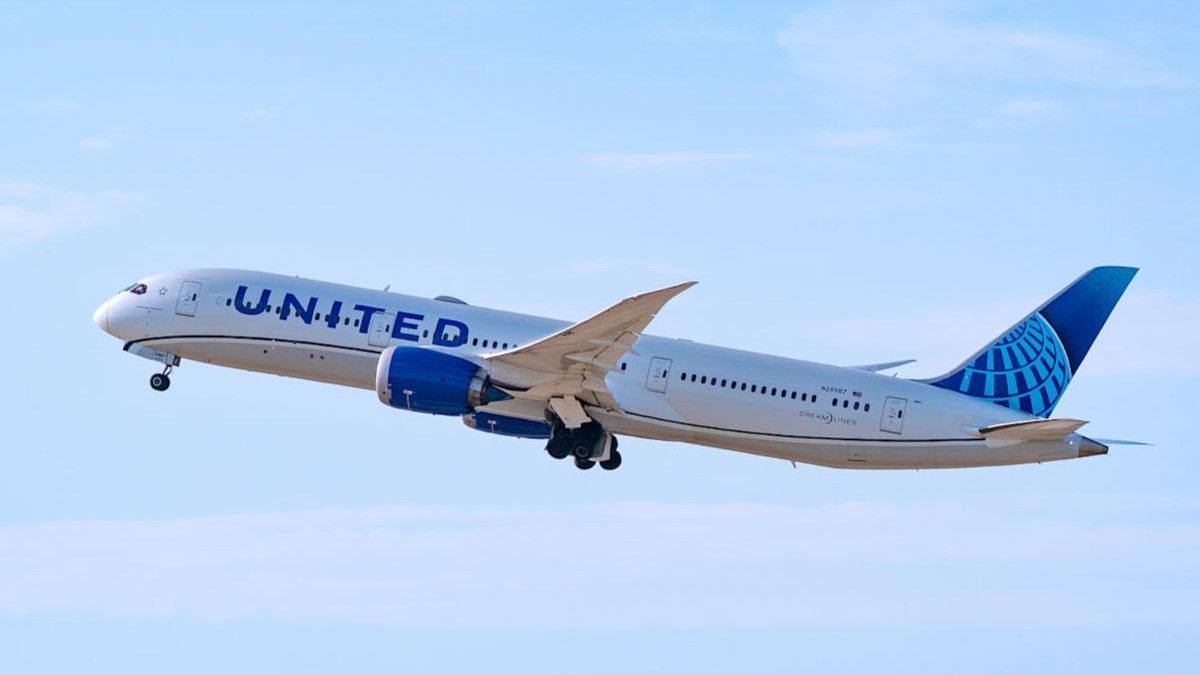
A flight bound for Germany had to make an unexpected return to U.S. soil last Friday evening, but thanks to fast-acting pilots and well-engineered aircraft systems, what could have turned into a disaster ended without a single injury.
Shortly after takeoff from Washington Dulles International Airport, a United Airlines Boeing 787 Dreamliner, scheduled to fly to Munich, issued a mayday call. One of its two engines had failed mid-flight, prompting the flight crew to initiate a quick return to Dulles.
Table of Contents
ToggleA Scare in the Sky, Handled on the Ground
For passengers aboard the international flight, the moments following the mayday call were likely filled with tension and uncertainty. The idea of an engine failure at cruising altitude is unsettling, even for seasoned travelers. But within aviation circles, it’s also something pilots train extensively to manage — and manage it they did.
The aircraft returned safely to Dulles, and emergency crews were on standby. No injuries were reported, and all passengers disembarked safely.
“Flying Is Still the Safest Way to Travel”
“Transportation incidents for all modes claimed 44,546 lives in 2022, of which all but 2,032 involved highway motor vehicles,” the 2024 Transportation Statistics Report from the Bureau of Transportation Statistics notes.
“There were no deaths from crashes on large commercial airlines in 2023,” the report continues, “but several hundred deaths occurred in crashes in general aviation, commuter air, and air taxi services.”
The report reflects a consistent trend: while mechanical issues or pilot alerts can lead to flight diversions or emergency returns, fatalities in commercial aviation are exceedingly rare — especially in comparison to car travel.
A Technical Setback, Not a Catastrophe
The Boeing 787 Dreamliner involved in Friday’s incident is equipped to fly on a single engine for extended durations — a key design feature in modern commercial jets. While pilots always prioritize returning to a safe runway as quickly as possible, the aircraft’s capabilities ensure options remain open, even under duress.
According to aviation experts, such redundancy in design gives the crew flexibility and passengers peace of mind. The situation, while serious, was under control — a fact underscored by the outcome.
When Fear Meets Fact
Although flight disruptions of this kind often spark public concern, the very fact that they grab headlines might be a testament to how infrequently they occur. In contrast, fatal highway crashes happen in the U.S. on a daily basis, largely escaping national attention.
The January collision between an Army Black Hawk helicopter and a regional American Airlines jet over the Potomac River, which resulted in 67 deaths, was the first fatal crash involving a commercial airliner in nearly 15 years within U.S. airspace.
That tragedy, while devastating, remains an anomaly in an otherwise remarkably safe aviation history.
Training and Trust in the Cockpit
Aviation safety isn’t solely about machines — it’s about people. Pilots and cabin crews undergo rigorous training for precisely these kinds of events. Their preparedness played a central role in Friday’s safe outcome.
Passengers on that United flight might not have known the full extent of what was happening until wheels touched the tarmac again. But behind the scenes, every protocol was being followed with discipline and expertise.
A Reassuring Reminder
So while moments of in-flight alarm naturally stir concern, the overwhelming takeaway remains positive: air travel is not only efficient but also impressively safe.
As the old saying goes, you’re more likely to get hurt on the way to the airport than while flying above the clouds.
Stay informed with the latest in travel safety, aviation, and transport developments. Subscribe to our newsletter for daily insights.
Appreciating your time:
We appreciate you taking the time to read our most recent article! We appreciate your opinions and would be delighted to hear them. We value your opinions as we work hard to make improvements and deliver material that you find interesting.
Post a Comment:
In the space provided for comments below, please share your ideas, opinions, and suggestions. We can better understand your interests thanks to your input, which also guarantees that the material we offer will appeal to you. Get in Direct Contact with Us: Please use our “Contact Us” form if you would like to speak with us or if you have any special questions. We are open to questions, collaborations, and, of course, criticism. To fill out our contact form, click this link.
Stay Connected:
Don’t miss out on future updates and articles.







